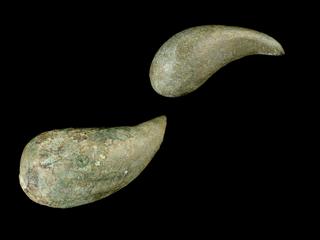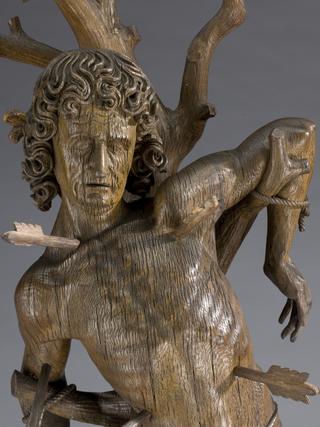
Votive intestine
- Made:
- 200-200 in unknown place






Votive intestine, terracotta, probably Roman, 200BC-200AD
It is believed that the representations of hands, feet, hearts, eyes, ears, penises, kidneys, uteri, intestines and many other anatomical parts were left as offerings in sanctuaries and temples to request help from or to thank the gods for the healing of the represented body part. Made of terracotta (fired clay), votive organs like this one were mass-produced from moulds and sold in the proximity of Ancient Roman sites of worship where they were either hung, displayed, or buried in sacred pits as part of a ritual. This votive organ may represent the intestines. It is possible to speculate that the person who left it at the temple had a digestive ailment.
Details
- Category:
- Classical & Medieval Medicine
- Collection:
- Sir Henry Wellcome's Museum Collection
- Object Number:
- A73044
- Materials:
- terracotta and complete
- Measurements:
-
overall: 6 mm x 22 mm x 21 mm,
- type:
- votive viscera




